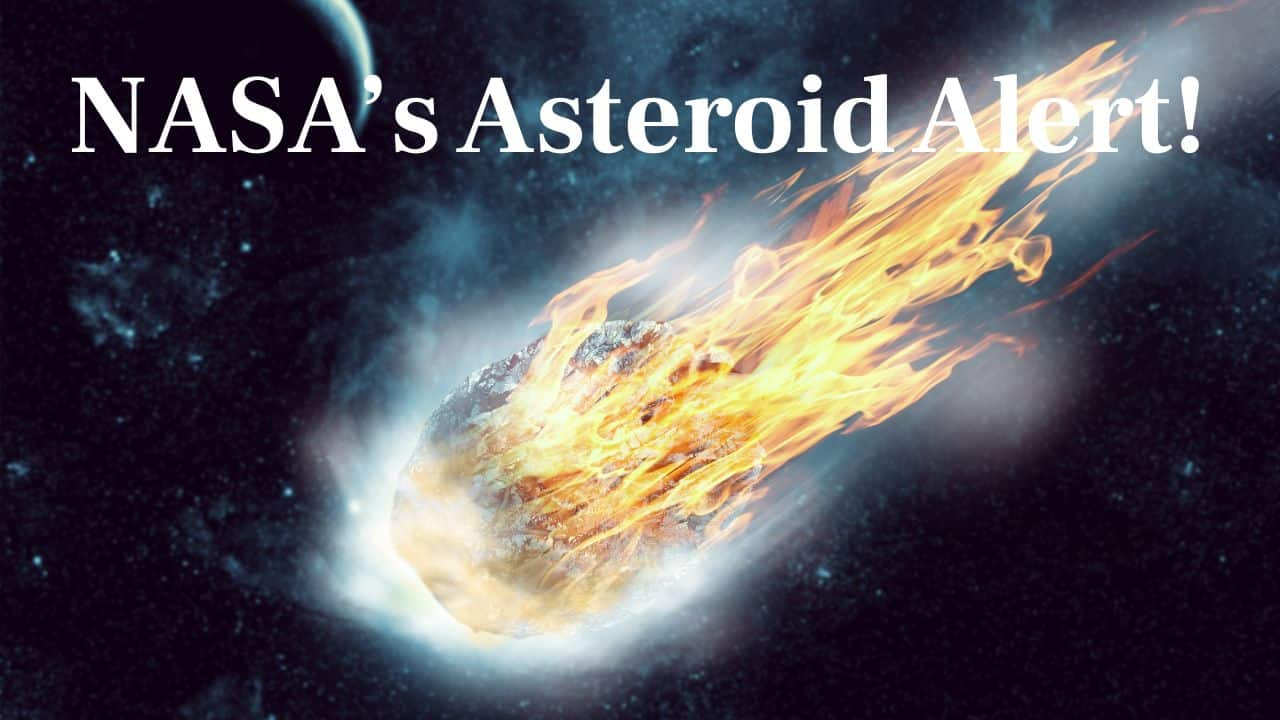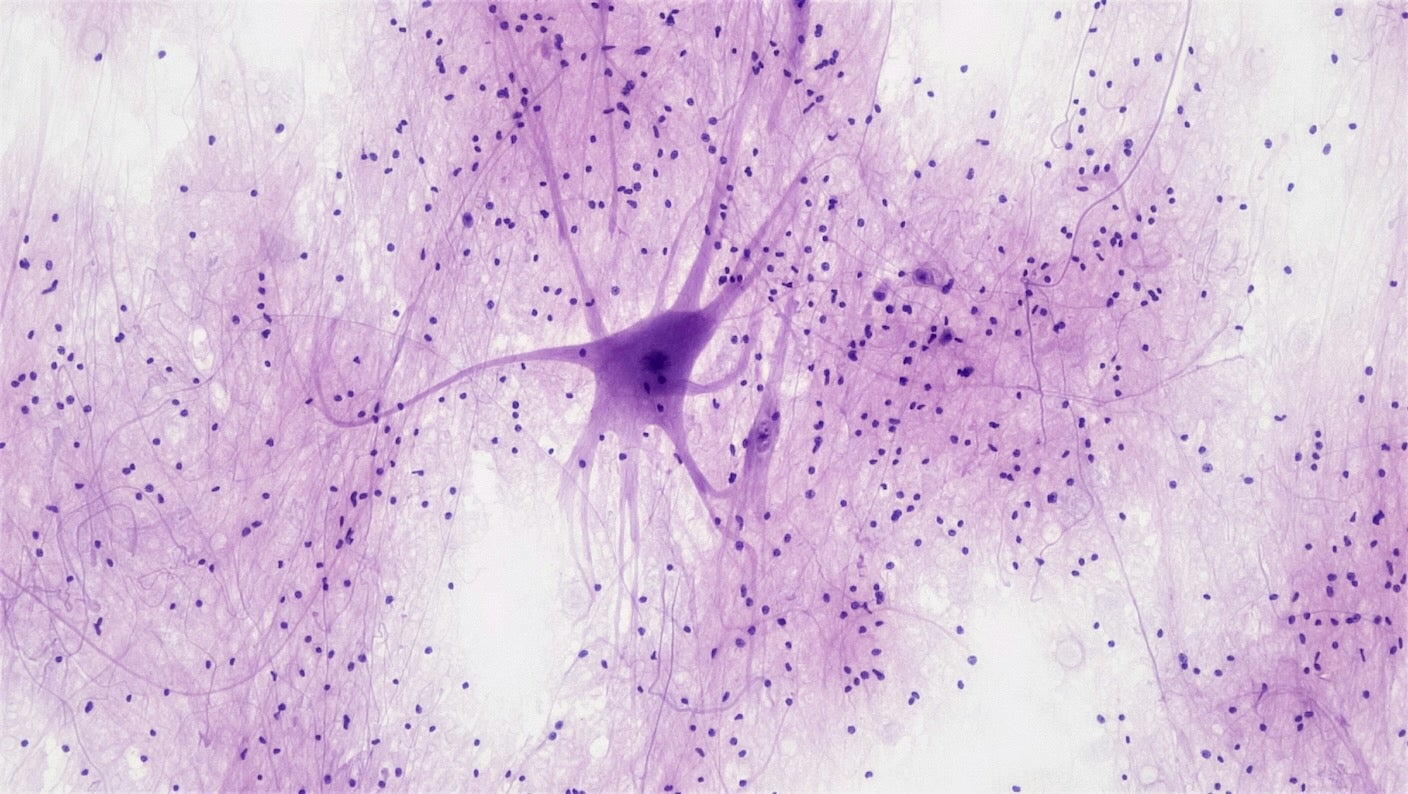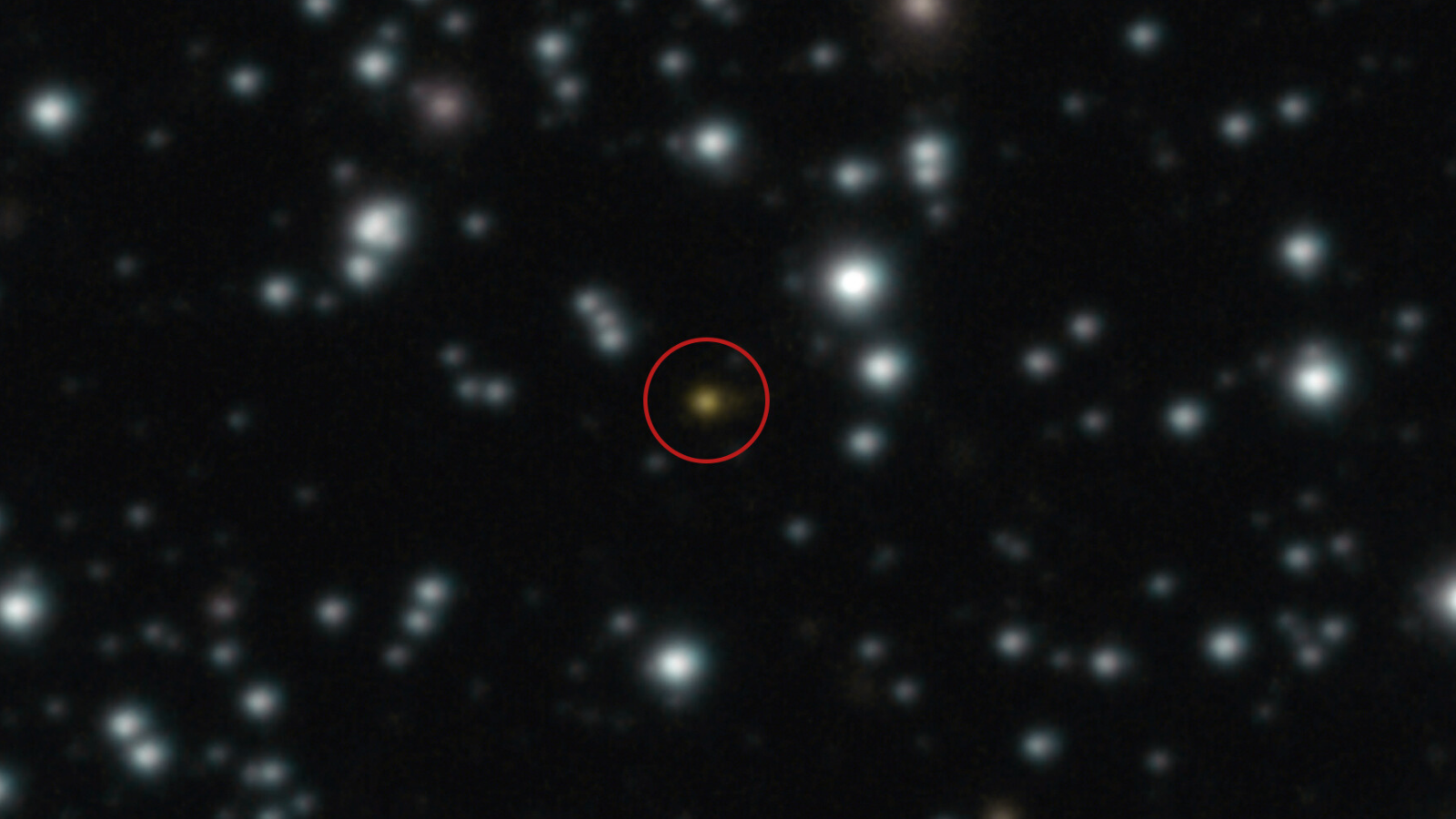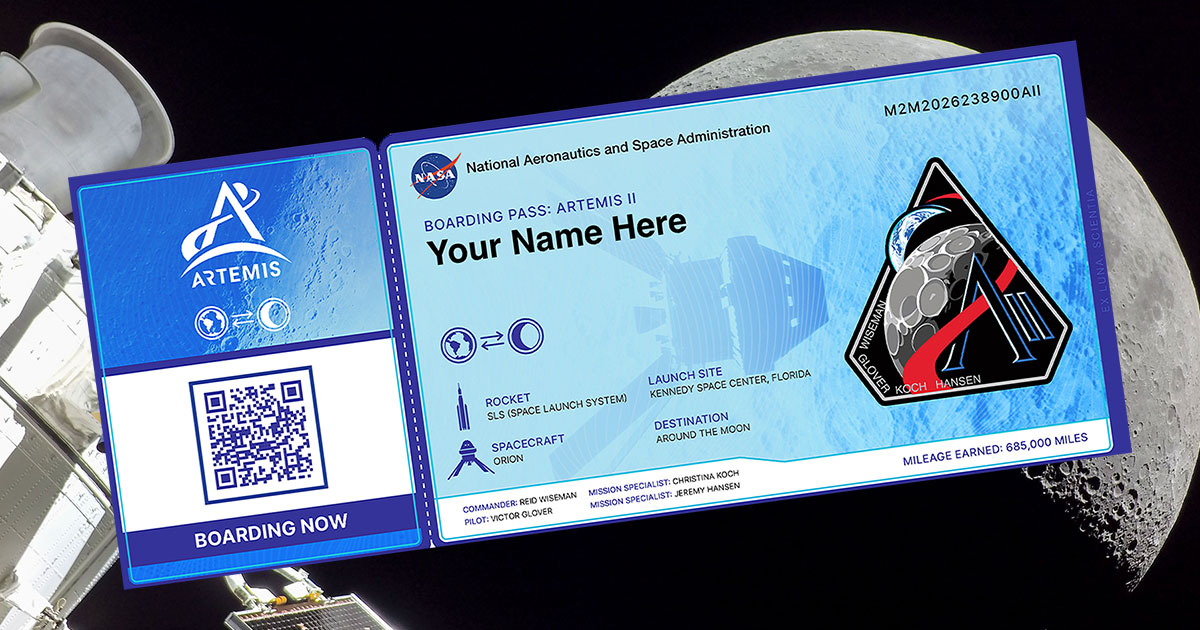China's Tianwen-2 Mission Embarks on Groundbreaking Journey to Study Unexplored Celestial Bodies

In an exciting development for space exploration, China has launched its ambitious Tianwen-2 mission, aimed at investigating two remarkable objects in our solar system that have never been visited by spacecraft before. The mission was launched aboard a Long March 3B rocket from the Xichang Satellite Launch Center located in Sichuan province at precisely 1:31 p.m. ET on Wednesday, which translates to 1:31 a.m. Thursday local time in China, as reported by the China National Space Administration.
Similar to its predecessor, the Tianwen-1 mission that took flight in July 2020 with the dual purpose of delivering both an orbiter and a rover to Mars, Tianwen-2 also has two main objectives. The primary goal of this mission is to conduct a flyby and collect samples from an asteroid known as Kamoʻoalewa, designated as asteroid 2016 HO3. Intriguingly, Kamoʻoalewa is believed to be a fragment of the Moon that has become a “quasi-satellite,” maintaining an orbit that keeps it near Earth. The spacecraft is slated to spend one year traveling to this asteroid, followed by an additional year dedicated to orbiting it and assessing potential landing sites for sample collection.
Approximately 2 and a half years from now, after successfully depositing its samples on Earth via a capsule, the spacecraft will then embark on a seven-year journey to reach another fascinating object known as main-belt comet 311P/Pan-STARRS. This celestial body, often referred to as an active asteroid, orbits between Mars and Jupiter and is known for producing dusty, comet-like tails. This makes both Kamoʻoalewa and 311P/Pan-STARRS incredibly compelling targets for study, particularly since they represent populations of celestial objects that astronomers have only recently begun to understand, according to Dr. Teddy Kareta, a postdoctoral associate of planetary science at Lowell Observatory in Flagstaff, Arizona.
“Now we get to study them up close in a kind of detail that will really revolutionize our understanding of them and objects like them,” Kareta expressed in an email. He likened the discovery process to “opening presents on your birthday,” emphasizing the excitement of encountering new types of Solar System objects for the first time and the desire to comprehend their nature.
The Tianwen-2 spacecraft was transported to its launch area on May 18, marking a significant milestone in China's evolving space exploration narrative.
However, the mission is not without its risks. Astronomers first identified Kamoʻoalewa in 2016 using the Panoramic Survey Telescope and Rapid Response System (Pan-STARRS) in Hawaii. Ben Sharkey, who is currently a visiting senior faculty specialist at the University of Maryland, College Park, led a study published in November 2021 that proposed that the asteroid, which is roughly the size of a Ferris wheel, may be a sizable boulder ejected from the Moon due to an impact event. The name Kamoʻoalewa is derived from a Hawaiian creation chant, symbolizing an offspring traveling independently.
Kamoʻoalewa will be the smallest asteroid ever visited, measuring between 150 and 190 feet (46 and 58 meters) in diameter. Dr. Patrick Michel, director of research at the French National Centre for Scientific Research, noted that this asteroid’s dimensions are minuscule compared to those of larger asteroids like Bennu, which was sampled by NASA’s OSIRIS-REx mission and has a diameter comparable to the height of the Empire State Building, measuring 1,614 feet (492 meters).
As a quasi-satellite, Kamoʻoalewa is a unique type of near-Earth asteroid that orbits the sun while remaining close to Earth, at times coming within approximately 9 million miles (14.5 million kilometers) of our planet.
“Until Ben Sharkey’s discovery, we didn’t think there were chunks of the Moon out in near-Earth space,” Kareta stated. “The Moon has a surface covered in craters, yet the violent processes that create these craters could have tossed rocks the size of tennis courts into space, potentially allowing us to discover and study them thousands or millions of years later.”
The upcoming examination of Kamoʻoalewa could help astronomers determine its origins—whether it genuinely originated from the Moon or if it merely resembles lunar material. Kareta mentioned his involvement in a study led by Sharkey that plans to utilize the James Webb Space Telescope to conduct a more detailed analysis of Kamoʻoalewa in the upcoming year.
“If it is indeed from the Moon, we could identify other lunar samples with similar characteristics, helping us trace its origin on the lunar surface,” Kareta explained. “Conversely, if it only appears to be similar to lunar material, the sample will aid in a more informed search for its true origins.”
Additionally, the mission could provide vital insights into asteroids that pose potential threats to Earth. Kamoʻoalewa is comparable in size to the object that caused the catastrophic Tunguska event in Siberia more than a century ago. A roughly 98-foot-wide (30-meter) asteroid struck the Podkamennaya Tunguska River in a remote Siberian forest in 1908, resulting in widespread devastation across an area of 830 square miles (2,150 square kilometers).
However, orbiting and attempting to land on such a small celestial body presents considerable challenges, amplifying the mission's inherent risks. “Getting into orbit necessitates coming very close to the asteroid, and even minor maneuvers are sensitive due to the low gravity and rapid rotation of the body,” Michel added. “Moreover, since the mission aims to obtain a sample, there are limited areas where the probe can safely land.”
The mission will also involve the study of the active asteroid 311P/Pan-STARRS, one of the most examined active asteroids to date. “Only 25 years ago, the existence of active asteroids was unknown; scientists believed that only icy comets from the outer solar system could produce comet-like tails. To our surprise, it turns out that a handful of asteroids can also exhibit such behavior without containing much or any ice,” Kareta remarked.
The Hubble Space Telescope captured a striking image of 311P/Pan-STARRS on September 23, 2013. Numerous hypotheses have emerged regarding the mechanisms causing this object to emit dust, including the possibility of pressure pockets ejecting material or the impacts from other celestial bodies releasing elements.
By conducting a flyby of this active asteroid, scientists hope to gain insights into the processes responsible for the dusty tails emanating from the object, potentially uncovering phenomena that have yet to be discovered. “This will be the first instance of observing such an object up close, enabling us to discern which mechanisms drive its activity,” Michel noted.
Ultimately, the data gathered by the Tianwen-2 mission could significantly advance our understanding of various objects within the inner solar system, encompassing Mercury, Venus, Earth, Mars, and the asteroid belt. “There is still so much we do not understand about either of these objects,” Kareta concluded. “No spacecraft has ever reached its target without encountering at least a few unexpected surprises. I am genuinely excited to see what new revelations await us.”




























